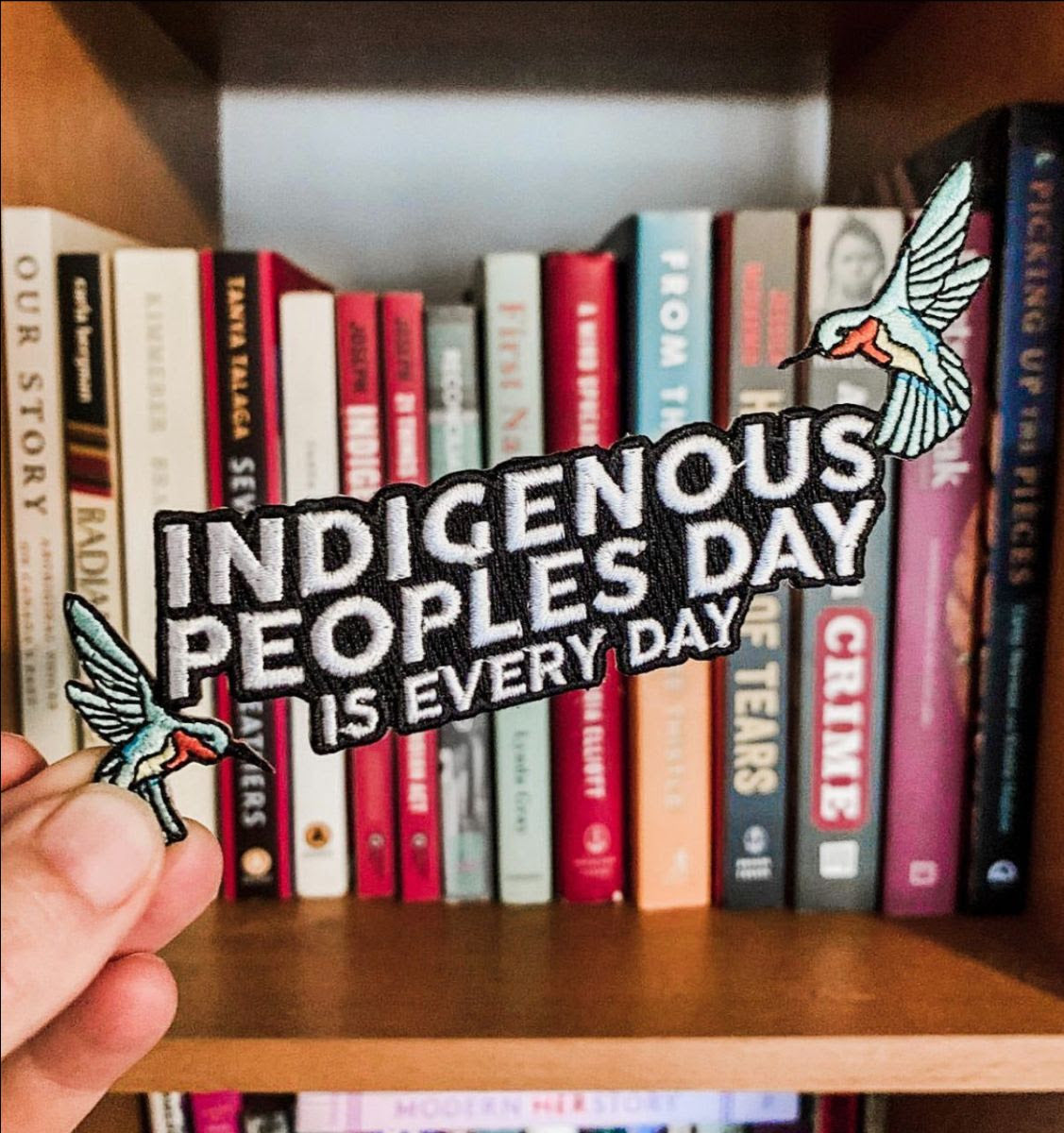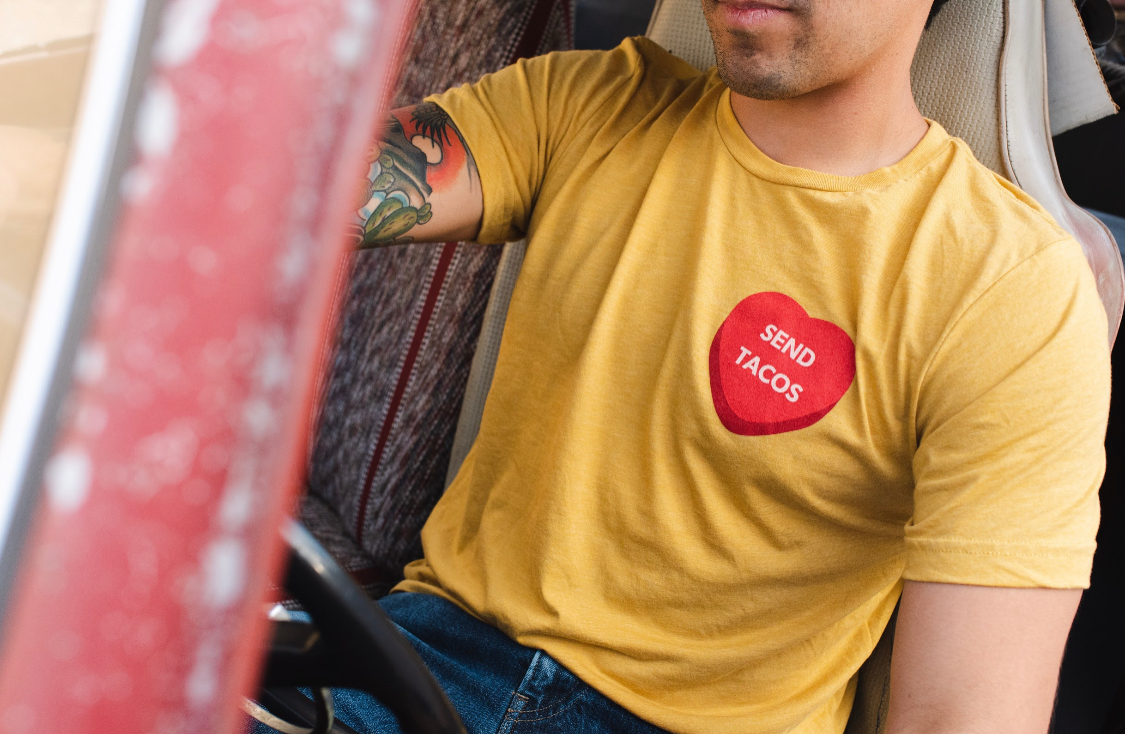Indigenous Peoples’ Day recognizes that Native people are the first inhabitants of the Americas, including the lands that later became the United States of America. And it urges Americans to rethink history. It is celebrated on the second Monday of October each year.
There is much to be gained in taking intentional steps to really slow down and to learn more about where we live — the people, cultures, and forces that have shaped the places we inhabit and in many ways that we now hope to weave our own lives together with through time. As we learn to love where we live and commit to a place, we’ve realized this commitment unfolds over the span of many years through showing up over and over again and in overcoming our own desire to self-promote, to self-protect, to have all the answers, or to think we have all the answers. There is much to be gained in pausing long enough to listen to the stories of the past while being present in what’s taking place today.
When we learn from multiple perspectives and put together a full picture of the backdrop of where we enter into history today, we can do so without feeling shame or getting stuck in a paralyzing cycle of wanting to get it “right”. In fact, often times it’s in the process of leaning in to listen and opening ourselves to our own potential blind spots where we become vulnerable enough to truly labor together with all people for the good of where we live.
A quick Google search will provide many different places where you can get more information and pause today to reflect on the history of the land you live on, wherever you are. We found Native Knowledge 360° to have a helpful list of resources to teach and discuss Indigenous Peoples' Day with humans of any age!
In a 2020 article, MapLab: Bearing Witness to Native Land, we resonated with a few points shared:
- Looking at land not through a grid of ownership, but as pools of deep Indigenous history
- Remembering that these ancestral territories helped shape who we are
- How we are connected to the land, and that the land is a source of knowledge, language, relationships and responsibilities
- The need to normalize Indigenous geographies as integral to the places where we live
A few ideas to get you started:
- Look up where you live on the Native Land map
- Use the "You are on the land of" links to learn more about each territory
- Visit the official website of each territory
- Check out the Indigenous Geotags project
- Like / follow the social media accounts of Indigenous territories near you
Indigenous people deserve an immense amount more credit than is usually given to them. Faithfully stewarding the land, caring for native plants, understanding how to draw out the best flora and fauna in each season, and keeping traditions in the face of often violent change to their home and landscape, are all a part of Indigenous culture.
There is a rootedness and sense of responsibility that calls for our utmost respect. We didn’t always have this sense of belonging to a place that Indigenous communities have. We weren’t always taught to understand how important it is to cultivate a relationship with the land not just for what we can get out of it for ourselves, but also to care for what has taken care of and carried us for my entire existence – the Earth. We find ourselves constantly having to learn more from those that have been tending to the land we call home and have existed long before this country existed. If this reflects your experience too, today’s a great day to start the listening & learning journey.
When we think of Why I Love Where I Live, we hope that all of us can emulate the Indigenous perspective on place as we seek to bring forth the best in where we live for the good of all people.









